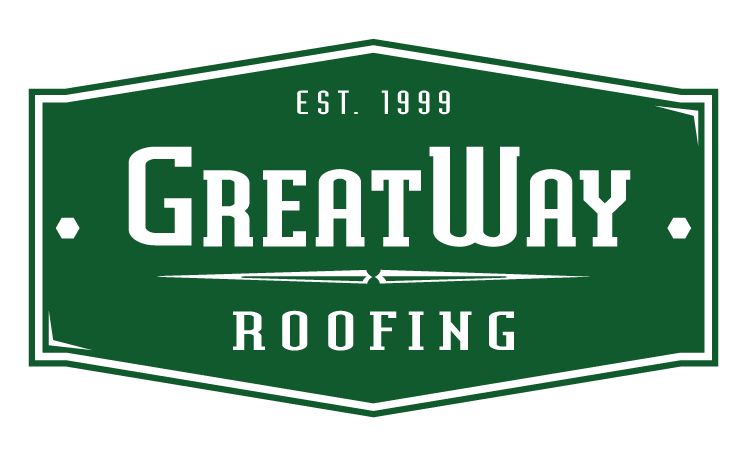Summer is the perfect time to assess the condition of your roof and address any potential issues before they escalate. A thorough roofing inspection can help detect common problems caused by harsh weather conditions and ensure the longevity and functionality of your roof. This article will explore the importance of summer roofing inspections, highlight common issues to watch for, provide tips for addressing them, and emphasize the significance of regular roof maintenance.
The Importance of Summer Roofing Inspections
Regular roof inspections are essential for maintaining the integrity of your home’s structure. With its dry weather and longer days, summer provides an ideal opportunity to have your roof inspected. Here’s why summer roofing inspections are important:
- Detect Weather-Related Damage: Summer brings intense heat, UV radiation, and occasional storms, all of which can take a toll on your roof. Inspections allow you to identify and address any damage caused by these weather conditions, such as cracked or missing shingles or tile, damaged flashing, or compromised seals.
- Prevent Leaks and Water Damage: A well-maintained roof prevents water infiltration and damage to your home’s interior. By identifying and repairing potential leaks during summer inspections, you can avoid costly repairs and safeguard your property from water-related issues.
- Preserve Energy Efficiency: Damaged or poorly insulated roofs can compromise your home’s energy efficiency, increasing summer cooling costs. Regular inspections help identify areas of concern, allowing you to address insulation issues, seal gaps, and improve overall energy efficiency.
Common Issues to Look Out for During Summer Inspections
During your summer roofing inspection, be mindful of the following common issues:
- Damaged Shingles or Tile: Look for cracked, curled, or missing shingles or loose tile. These can compromise the roof’s ability to shed water and protect against weather elements. Replace damaged shingles or tile promptly to prevent further problems.
- Loose or Damaged Flashing: Inspect the flashing around chimneys, vents, and skylights. Loose or damaged flashing can lead to water infiltration and subsequent leaks. Ensure the flashing is securely fastened and in good condition.
- Debris Accumulation: Clear any debris, such as leaves, branches, or dirt, that has accumulated on the roof. Debris can trap moisture and accelerate roof deterioration. Regular cleaning minimizes the risk of damage and improves the overall appearance of your roof.
- Mold and Algae Growth: Check for signs of mold, algae, or moss on the roof surface. These growths can retain moisture and cause damage over time.
- Clogged Gutters: Inspect the gutters and downspouts for debris buildup. Clogged gutters or downspouts can lead to water overflow, damaging the roof and the foundation of your home. Clean the gutters thoroughly to ensure proper water drainage.
Tips for Addressing Roofing Issues
If you encounter any roofing issues during your inspection, consider the following home tips for addressing them:
- Hire a Professional: For complex issues or extensive repairs, hiring a professional roofing contractor is advisable. They have the expertise, tools, and safety measures necessary to address roofing problems effectively.
- Prompt Repairs: Address roofing issues as soon as possible to prevent them from worsening or causing additional damage. Timely repairs can save you money in the long run by avoiding more extensive and costly repairs in the future.
- Roof Maintenance: Implement a regular maintenance routine for your roof to keep it in optimal condition, including cleaning the gutters, trimming overhanging tree branches, and checking for signs of wear and tear. By staying proactive with maintenance, you can prolong the lifespan of your roof and minimize the risk of major issues.
- Consider Roof Coatings for Flat Roofs: Roof coatings can provide an extra layer of protection against the elements and extend the life of your roof. They can help seal small cracks, prevent water penetration, and reflect sunlight, reducing the heat absorbed by your roof. Consult with a professional roofing contractor to determine if a roof coating is suitable for your specific roof type and condition.
- Regular Inspections: Make summer roofing inspections a regular maintenance routine. Conducting inspections at least once a year, preferably in the summer, allows you to identify and address issues promptly. It’s also beneficial to schedule professional inspections every few years to ensure a comprehensive evaluation of your roof’s condition.
Roofing Repair vs. Replacement
During your summer home roofing inspection, you may come across issues that require repair or potentially even roof replacement. It’s important to understand the difference and make an informed decision:
Roofing Repair
Repair may be the most appropriate solution if the issues identified during the inspection are isolated and limited in scope. Repairing damaged shingles or slipped tile, fixing flashing, or addressing minor leaks can effectively extend the lifespan of your roof and save you from the expense of a total replacement.
Roof Replacement
In some cases, the damage may be extensive, or your roof may have reached the end of its lifespan. If the repairs required are significant or your roof shows signs of considerable deterioration, opting for a complete roof replacement may be more cost-effective and practical. Consult with a professional roofing contractor to assess the condition of your roof and determine the best course of action.
Regular Home Roof Maintenance Tips
In addition to summer inspections, regular roof maintenance is essential for the long-term health of your roof. Here are some tips to keep in mind:
- Clean the Gutters: Regularly clean and clear your gutters to prevent clogs and ensure proper water drainage. Clogged gutters can lead to water pooling on your roof, which can cause damage over time.
- Trim Surrounding Trees: Trim any overhanging branches touching or rubbing against your roof. Falling branches or constant friction from branches can cause physical damage to your roof’s surface.
- Remove Debris: Periodically remove leaves, twigs, and other debris that may accumulate on your roof. Debris can trap moisture, which can lead to the growth of mold, algae, and moss and accelerate roof deterioration.
- Check for Signs of Damage: Regularly inspect your roof for any signs of damage, such as loose or missing shingles, damaged flashing, or cracked seals. Early detection and prompt repair can prevent further damage and prolong the life of your roof.
Conclusion
Summer roofing inspections are crucial for detecting and addressing common issues that can compromise the integrity of your roof. By conducting regular inspections, being proactive with repairs and maintenance, and seeking professional assistance, you can ensure that your roof remains in optimal condition. Remember, a well-maintained roof not only protects your property but also enhances its value and provides peace of mind. Invest in summer roofing inspections to safeguard your investment and enjoy a durable and secure roof for years to come.

